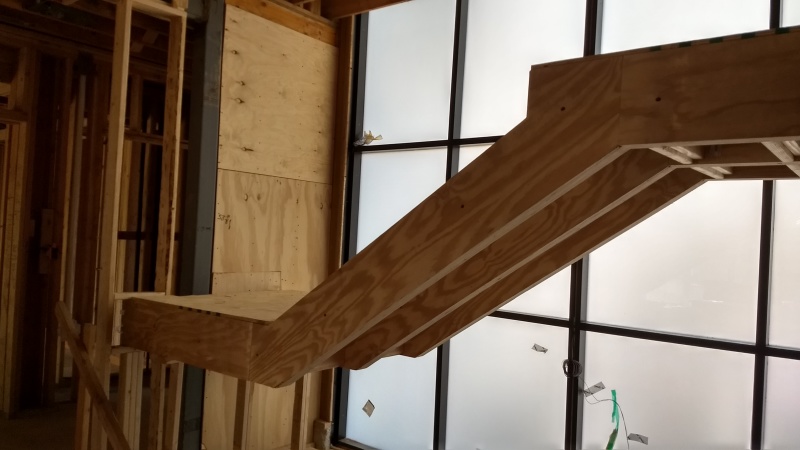Hello everyone,
This is my first post on this forum, however, I've been reading threads for quite some time. Thank you for all your help!
I have a question about a moment connection in a wood frame. Attached to this post is a sketch with an issue I'm dealing with. Could you please look at the sketch and tell me what do you think I should use to carry a moment at the stringer/joist connection? In addition to that, is there any way to reduce the deflection other than more material (sistering a stringer)? I have never designed a moment connection in wood so any help would be appreciated.
2x12 SPF#2
Thank you,
This is my first post on this forum, however, I've been reading threads for quite some time. Thank you for all your help!
I have a question about a moment connection in a wood frame. Attached to this post is a sketch with an issue I'm dealing with. Could you please look at the sketch and tell me what do you think I should use to carry a moment at the stringer/joist connection? In addition to that, is there any way to reduce the deflection other than more material (sistering a stringer)? I have never designed a moment connection in wood so any help would be appreciated.
2x12 SPF#2
Thank you,

